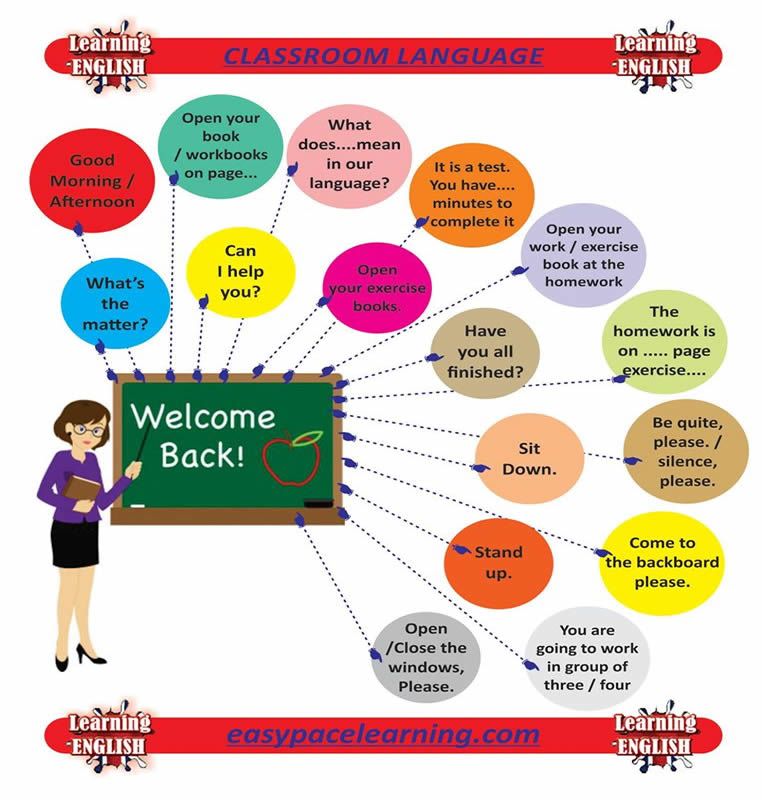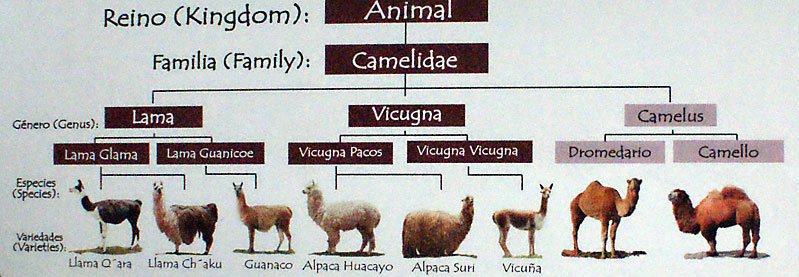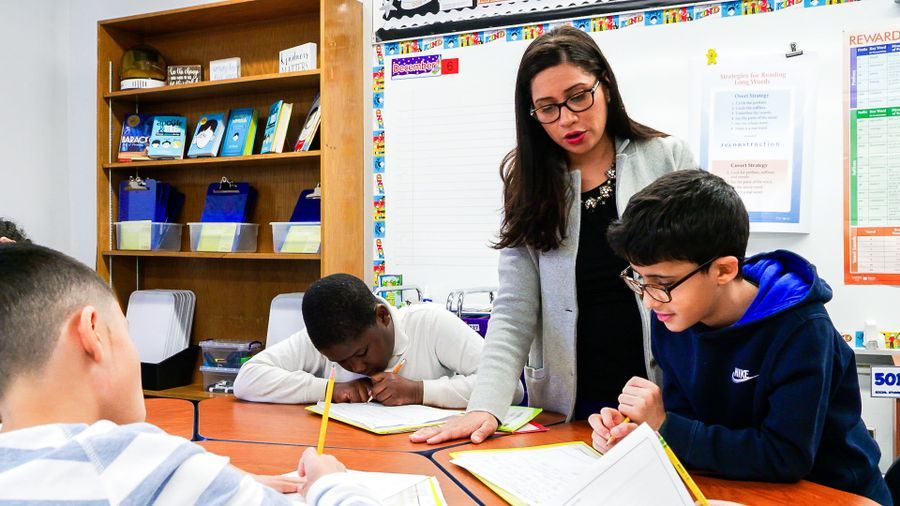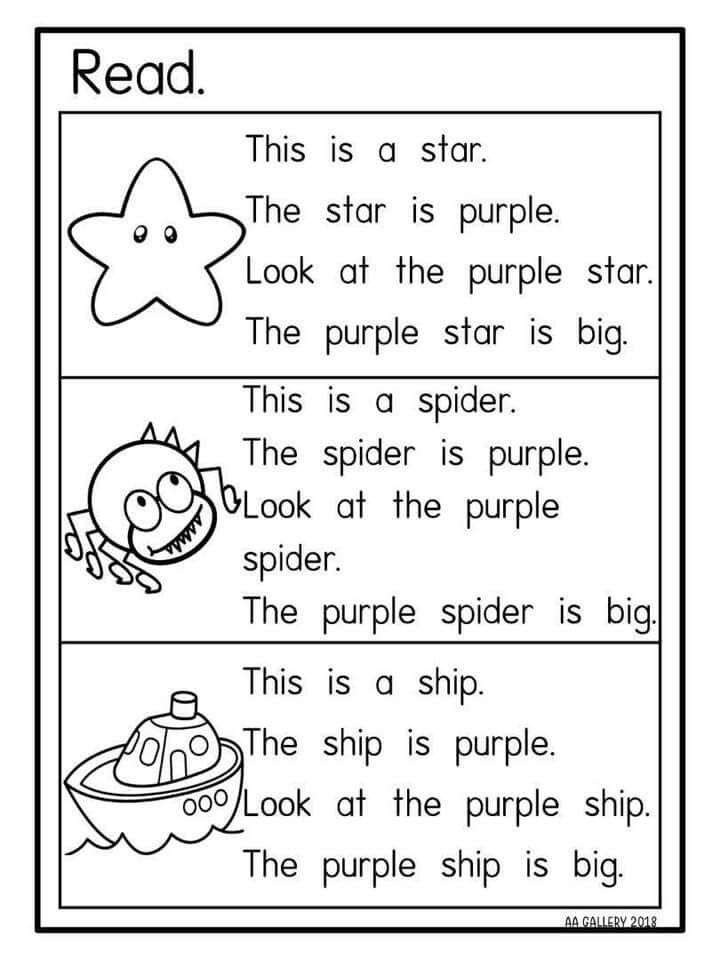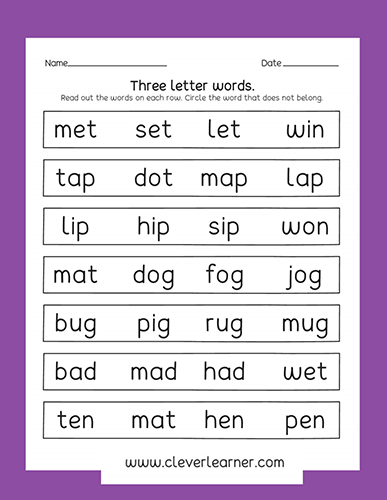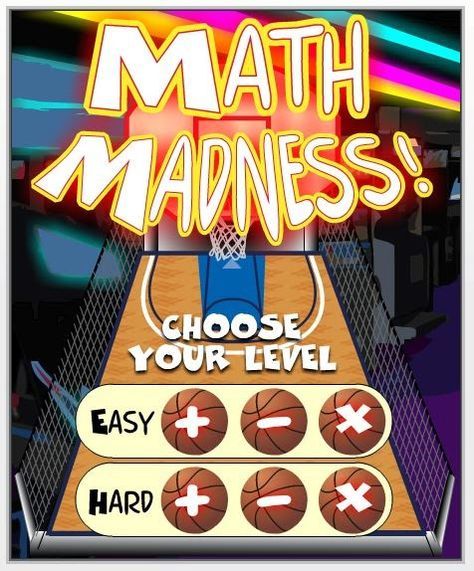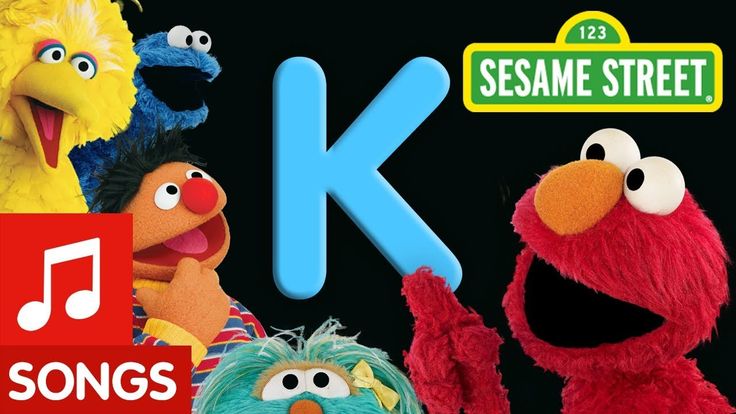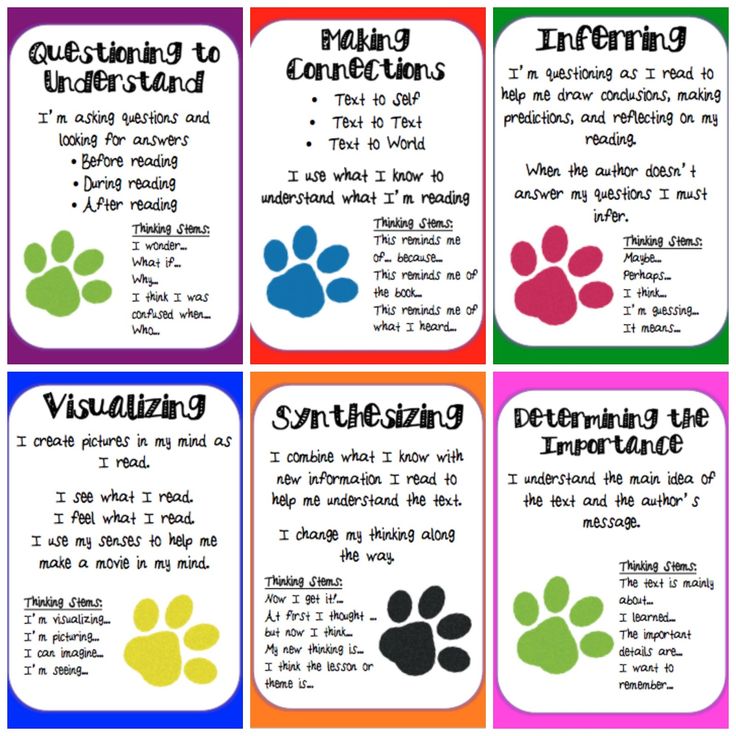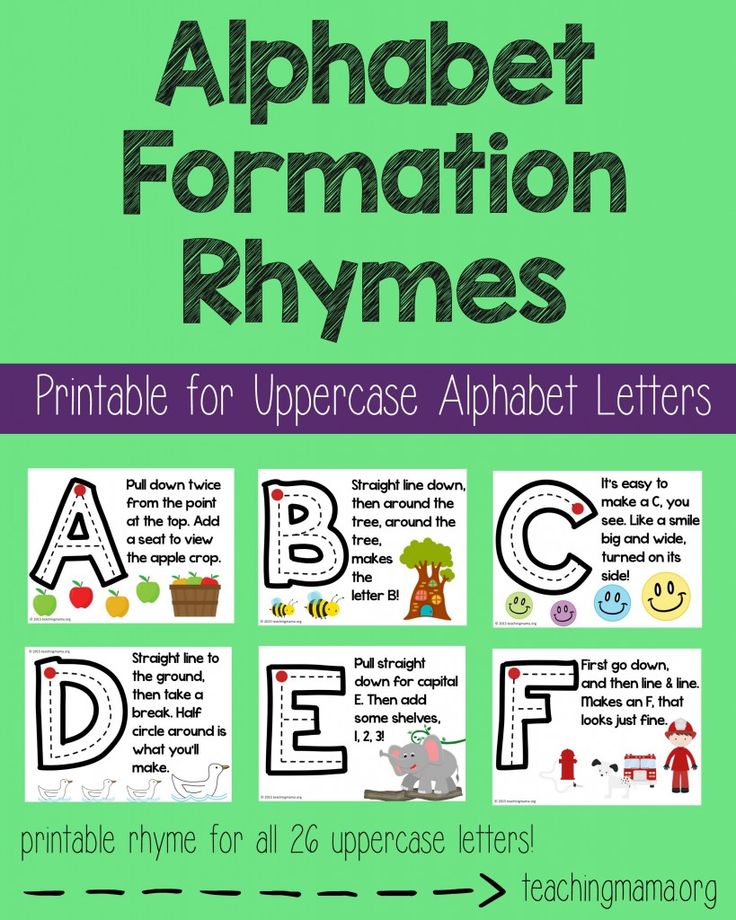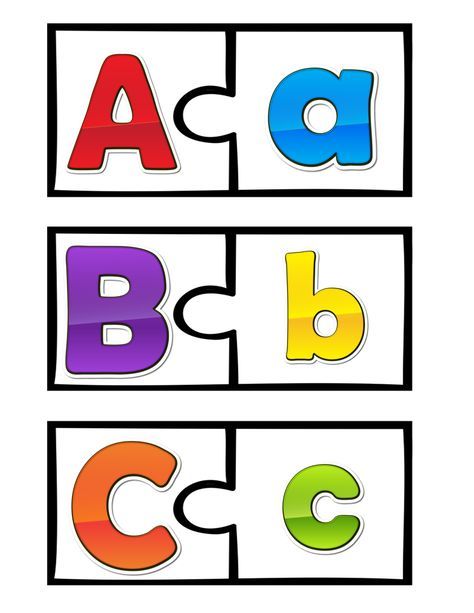Social skills lessons for elementary
Try These 5 Great Social Skills Activities for Students & Groups
Working as a school psychologist in the public school system for many years, I sometimes heard school counselors asking for advice about which social skills activities they should do with their students
Children in the group often had difficulty with skills such as:
- listening
- waiting their turn in conversation
- staying on topic
- sharing materials
- understanding another person’s feelings
- getting along with others
- resolving conflict
- appropriately expressing their own feelings
This article gives five suggestions for social skills activities for students and groups.
You may think these activities are more appropriate for elementary-age students but I think they can really be adapted for younger and older groups.
Activities can also be modified for a one-on-one situation such as parent/child or counselor/student.
What the research says about social skills instruction: Phillip C. Kendall, Professor of Psychology, reported the positive effects of using modeling and role playing, and teaching self-evaluation when teaching social skills.
Further research, such as Social Skills Training for Teaching Replacement Behaviors: Remediating Acquisition Deficits in At-Risk Students, confirms the benefits of intense social skills instruction.
Interactive Social Skills Books for Kids
5
Great Social Skills Activities for Students1. Use engaging conversation, demonstration, role-play and/or visuals to teach students what social skills are and why we need to use them.
See an example of social skills below:
When first introducing kids to a social skills group it is a good idea to have them understand what social skills are and why they are important.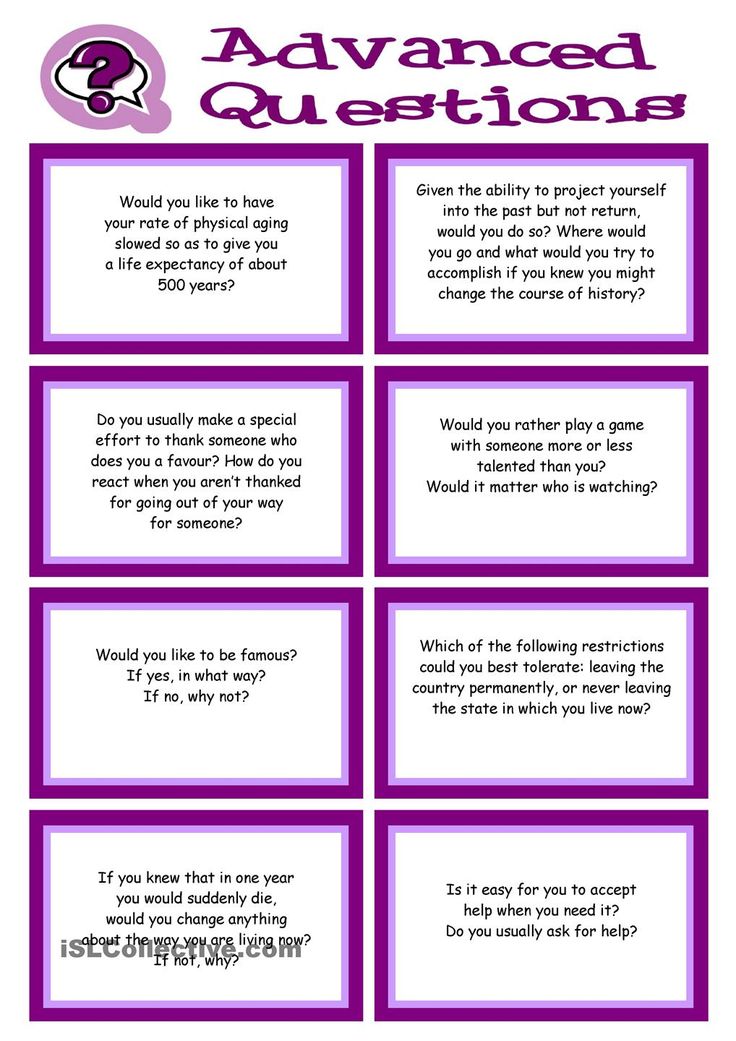
As a starting activity, write down different social skills (such as the ones from the list above) on individual slips of paper and put them in a bowl, hat, etc.
Have your students sit in a circle and pass around the slips of paper, taking turns pulling them out of the bowl one at a time.
When the student pulls the slip of paper from the bowl, ask them to say what the social skill means, have them give an example, and/or ask them to tell the rest of the group why that skill is important.
Give as much guidance and support as your students need to answer the questions. You may want to go first, to show the students how to do this activity.
Here is an example:
If a student picked “sharing materials” she could say “That means to let someone use something that you are using.
For example, if I am coloring with crayons I can let my friend borrow my crayons and color with me. Sharing is important because it shows others that you care about how they feel.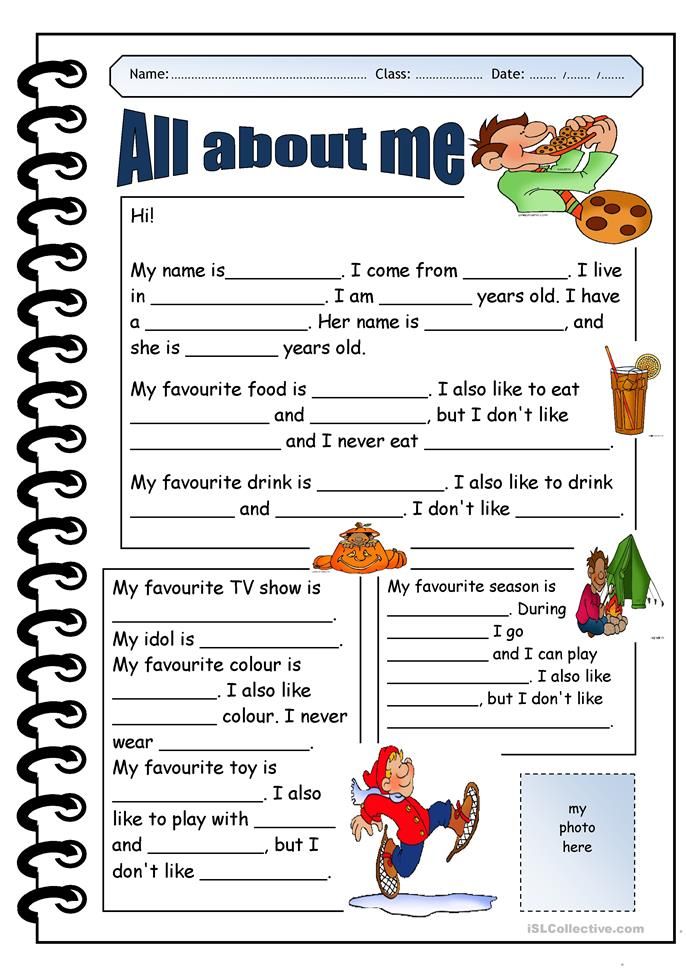 Part of being a good friend is sharing.”
Part of being a good friend is sharing.”
You could even have students act out the skills. So in this example, you can have one of your students pick materials to share with the other members of the group.
You can also let students create their own drawings of the skill you are talking about. To give you an idea of what I mean, below is a drawing of sharing:
Depending on the students’ skill and age level, frustration tolerance, and ability to sustain attention, you can do all of the suggestions I mentioned in this activity or just one.
You can break this into several lessons by only doing a few social skills at a time.
You also might want to add some skills that are not on the list such as showing empathy, staying on topic in conversation, and using manners.
Recommended Article: 15 Behavior Strategies for Children on the Autism Spectrum
2. Use games and fun activities to practice sharing, turn-taking, listening, following directions, encouraging others, and being polite.
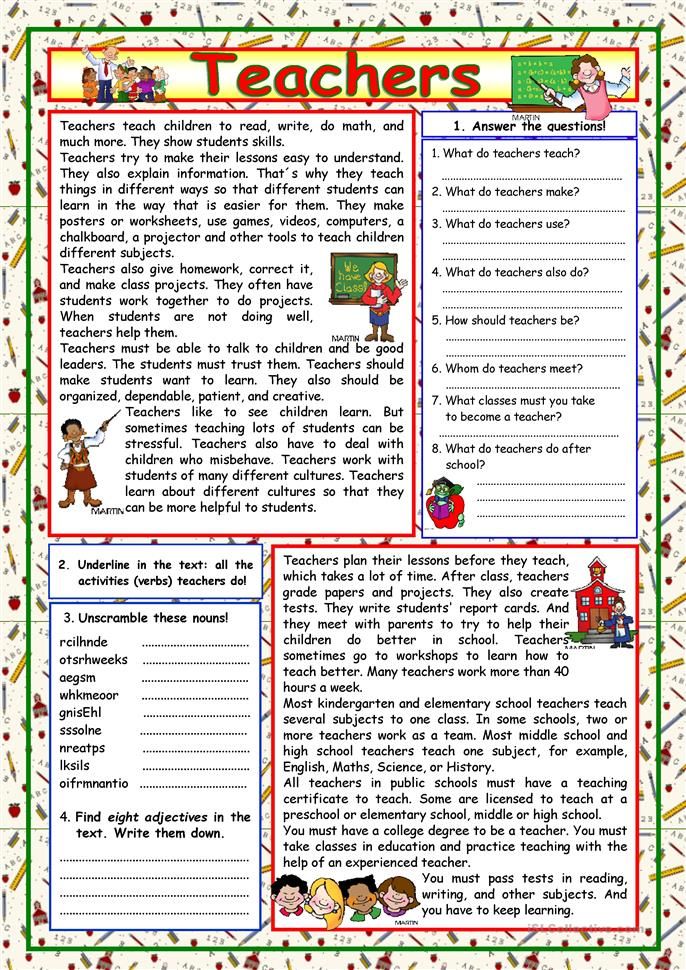
In the video below, the therapist uses bubbles as the prop. Other objects can be used to tailor this activity to students of different ages.
Imagine implementing this same lesson but using activities such as shooting a basketball in a net, playing with a remote control car, doing an activity on the computer, etc.
Recommended Article: 8 Fun Activities to Practice Social Skills with Your Child
3. Use conversation starters to create a dialogue between students or between counselor and student.
Then the youth is supposed to ask another person a question related to the topic they pick, and the other person is to ask a related question back.
This activity allows students to practice listening, taking turns in conversation, staying on topic, and expressing interest in another person’s thoughts, ideas, and/or life.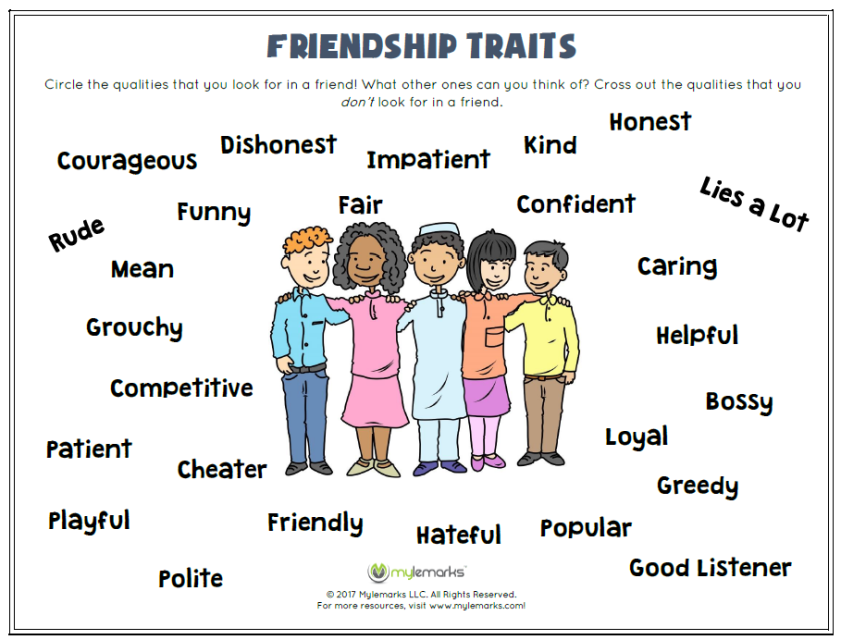 See examples in the video below.
See examples in the video below.
The counselor in the video below encourages the students to pick a topic from a slip of paper in a cup (e.g., friendship, fears, favorite activities, etc..)
4. Teach what is means to be a friend.
This next video gives you great ideas for how to talk to children about what it means to be a friend.
After you show the video, have your students:
- tell you what they learned about being a friend
- draw a picture that shows someone being a friend to another person
- and/or practice one of the skills in the video
For example, this video mentions being a good listener and sharing as two of the things good friends do, so as part of the lesson have your students practice listening to each other and/or sharing items.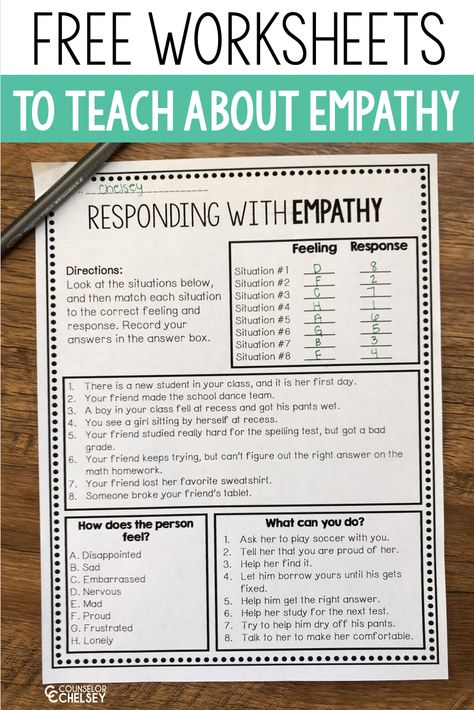
Talk to your students about what it means to be an active listener (e.g., looking in the direction of the person who is talking, waiting your turn to speak, responding to what the person said, trying to understand how the other person might be feeling, etc.).
The “What it means to be a friend” lesson could be a great segue into the lessons above which hone in on sharing skills and conversation skills.
Related Article: How to End Bullying Part 1: 19 Tips for Parents and Teachers
5. Practice complimenting each other.
Speaking of being a good friend, complimenting others (a great friendship skill) is another nice activity to do with your group.
Set the expectations from the beginning that only kind words and respect for each other is allowed in the group.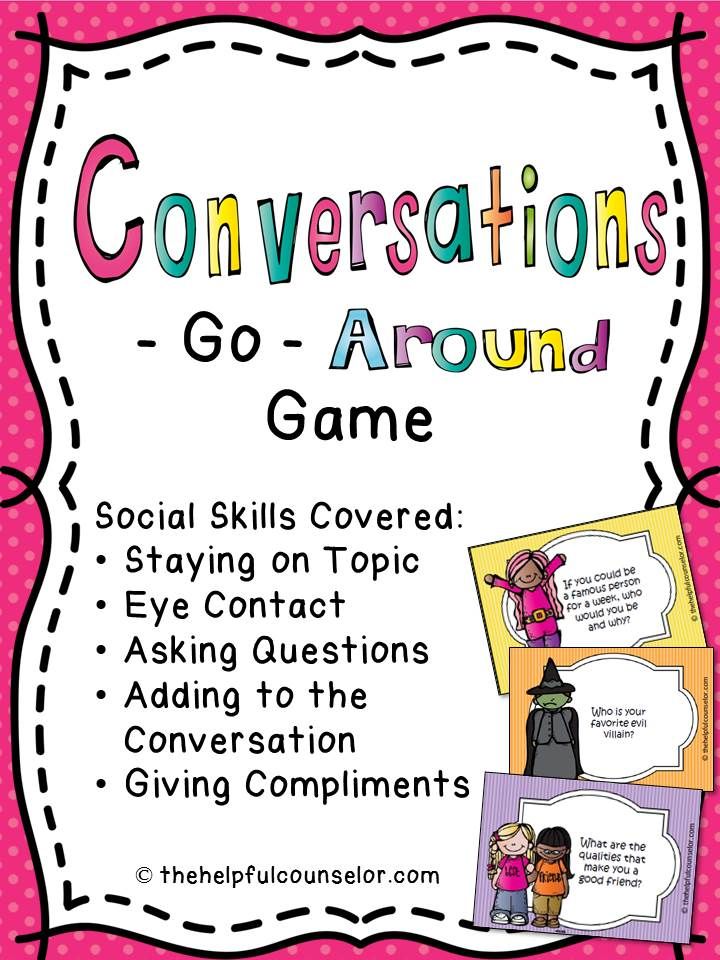
For this activity, you could go around in a circle and have each student say something nice about someone else in the group.
To make sure everyone gets a turn to be complimented, put people’s names on slips of paper in the bowl and have them pass it around taking turns pulling out names.
This activity will get easier as the students get to know each other better.
If the students just met and are not sure what to say about each other, allow them to say something nice about a family member or friend outside of the group.
As the group gets to know each other, the compliments should be about the group members.
Side Note: To teach self-evaluation, discuss how you and your student(s)/client(s) did during each activity. Give specific feedback about what went well and discuss areas that need improvement.
Let your clients share their own thoughts and perceptions about how they did during the activity. Encourage your clients to think about their own behavior when they are involved in similar real-life scenarios.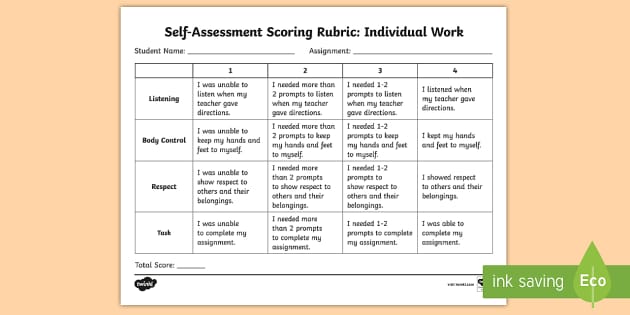
Model Me Kids produces dozens of videos to teach/model social skills that can help children develop better relationships.
Video modeling is a research-based practice. You can view more of the Model Me Kids Video Program here. Below is a sample video.
Recommended: Become a Certified Self-Esteem Coach for Children
Education and Behavior – Keeping Us on the Same Page for Kids!
More Articles to Help with Social Skills
- 5 Great Activities to Do with Your Social Skills Group (Adolescents/Teens)
- Tips to Help a Child Not Be Alone at Recess or in the Cafeteria
- 5 Great Games to Play in a Social Skills Group
- 10 Great Books to Teach Social Skills to Children
- What Does Research Say About How We Can Teach Children to Have Empathy?
- 3 Research-Based Programs That Improve Social-Emotional Skills in School-Aged Children
- Engaging Social Studies Curriculum Shows Promise for Improving Social Skills in Students with Emotional and Behavioral Needs
- Interactive Book Helps Kids Understand the Power of Positive Choices!
- Theatre Teacher Shares Three Techniques to Increase Empathy in Students
- 5 Great Books to Teach Young Children About Empathy
- 9 Practical Strategies to Decrease Impulsive Behaviors in Children
- Roots of Empathy: A Research-Based Program that Counters Bullying
- 8 Fun Activities to Practice Social Skills with Your Child
Rachel Wise
Rachel Wise is the author and founder of Education and Behavior.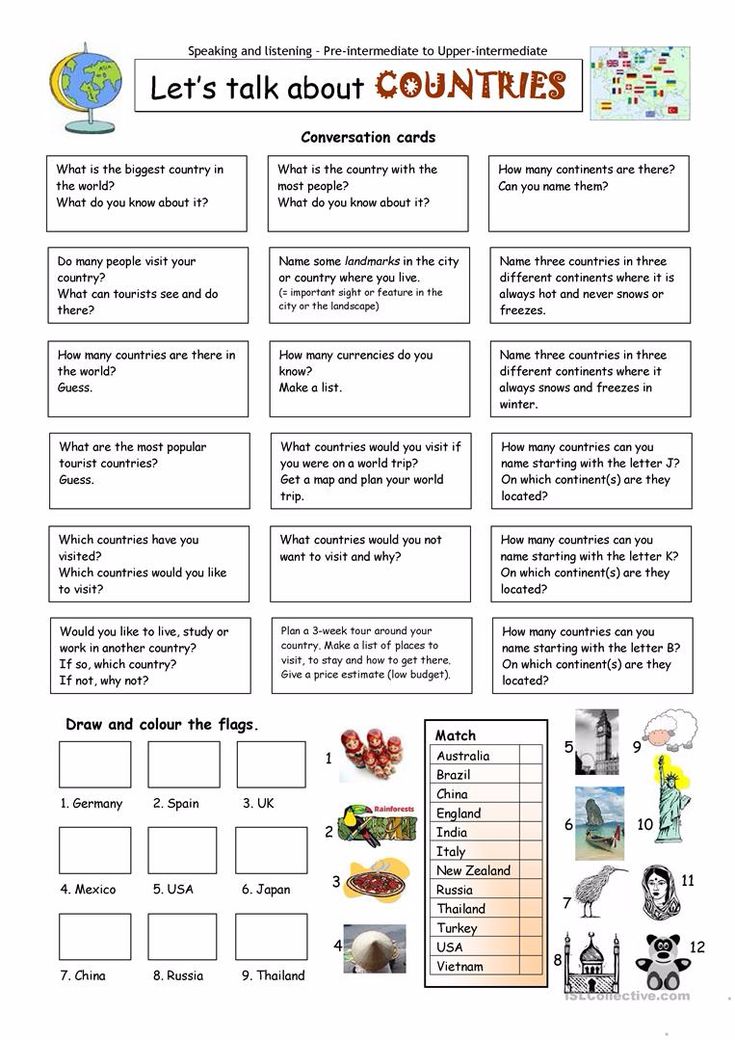 Rachel created Education and Behavior in 2014 for adults to have an easy way to access research-based information to support children in the areas of learning, behavior, and social-emotional development. As a survivor of abuse, neglect, and bullying, Rachel slipped through the cracks of her school and community. Education and Behavior hopes to play a role in preventing that from happening to other children. Rachel is also the author of Building Confidence and Improving Behavior in Children: A Guide for Parents and Teachers.
Rachel created Education and Behavior in 2014 for adults to have an easy way to access research-based information to support children in the areas of learning, behavior, and social-emotional development. As a survivor of abuse, neglect, and bullying, Rachel slipped through the cracks of her school and community. Education and Behavior hopes to play a role in preventing that from happening to other children. Rachel is also the author of Building Confidence and Improving Behavior in Children: A Guide for Parents and Teachers.
“Children do best when there is consistency within and across settings (i.e., home, school, community). Education and Behavior allows us to maintain that consistency.”
www.educationandbehavior.com
25 SEL Activities to Build Social Skills for Different Age Groups
// by Seda Unlucay
Social-Emotional Learning (SEL) is the foundation for emotional health and healthy relationships throughout students' lives.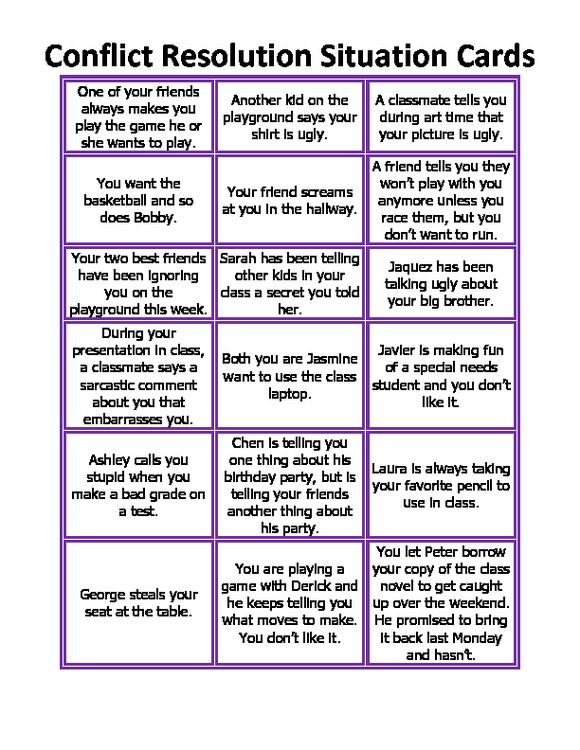
This series of engaging and creative lesson plans can be easily adapted for distance learning and are designed to teach students responsible decision-making, mindful self-awareness, conflict resolution skills, positive self-talk, and emotional self-regulation.
1. Practice Yoga and Meditation as a Class Lesson
Practicing yoga and meditation can help students to develop their emotional awareness through breathing and mindfulness while enhancing their body confidence and mental calm. Meditation is also a wonderful way to foster a growth mindset as it encourages students to stay in the present moment and take on challenges one step at a time.
Age Group: Elementary, Middle School
Learn More: Super Healthy Kids
2. All About Me Writing Exercise
This self-awareness development activity challenges students to create a list about themselves, with a different strength, talent, or quality for each letter of the alphabet.
Age Group: Elementary
Learn More: Brainwaves Instruction
3. Take a Mindful Moment
Mindfulness is the capacity to pay attention to the present moment as well as one's own thoughts and emotions with acceptance and non-judgment. Thus, it's an essential skill for students to cultivate in order to learn emotional self-regulation.
Age Group: Elementary, Middle School, Highschool
Learn More: Class Dojo
4. Practice Goal Setting with SMART Goals
Setting SMART (specific, measurable, attainable, relevant, timely) goals is a wonderful way to empower students to reach their personal and academic potential.
Age Group: Elementary, Middle School, High School
Learn More: Creative Educator
5.
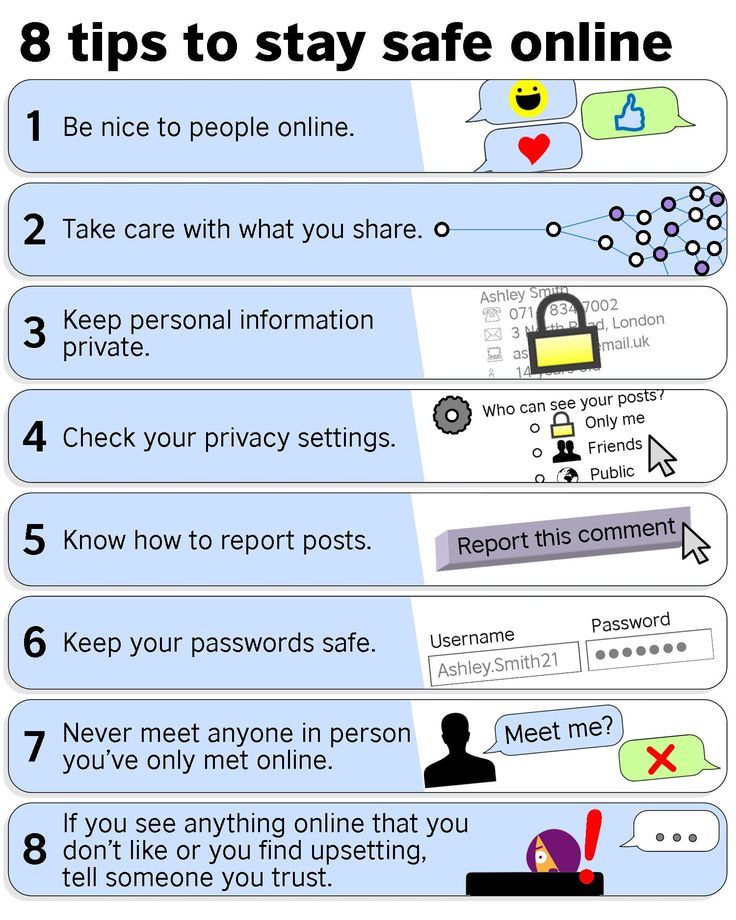 Try a Fine Motor SEL Lesson
Try a Fine Motor SEL Lesson This fine motor emotions activity teaches students the helpful RULER acronym for cultivating emotional intelligence: Recognizing, Understanding, Labeling, Expressing, and Regulating.
Age Group: Preschool, Elementary
Learn More: Forward With Fun
6. Practice a Read Aloud
Practicing reading aloud helps students develop confidence in their communication and public speaking abilities, skills that will serve them well in their daily lives.
Age Group: Elementary
Learn More: The Colorful Apple
7. Teach Kids How to Apologize
Knowing how to apologize graciously is an important emotional skill for developing positive relationships.
Age Group: Elementary, Middle School
Learn More: Pinterest
8. Read a Book About Managing Anger
This popular book teaches kids how to deal wisely with anger instead of reverting to aggressive behavior.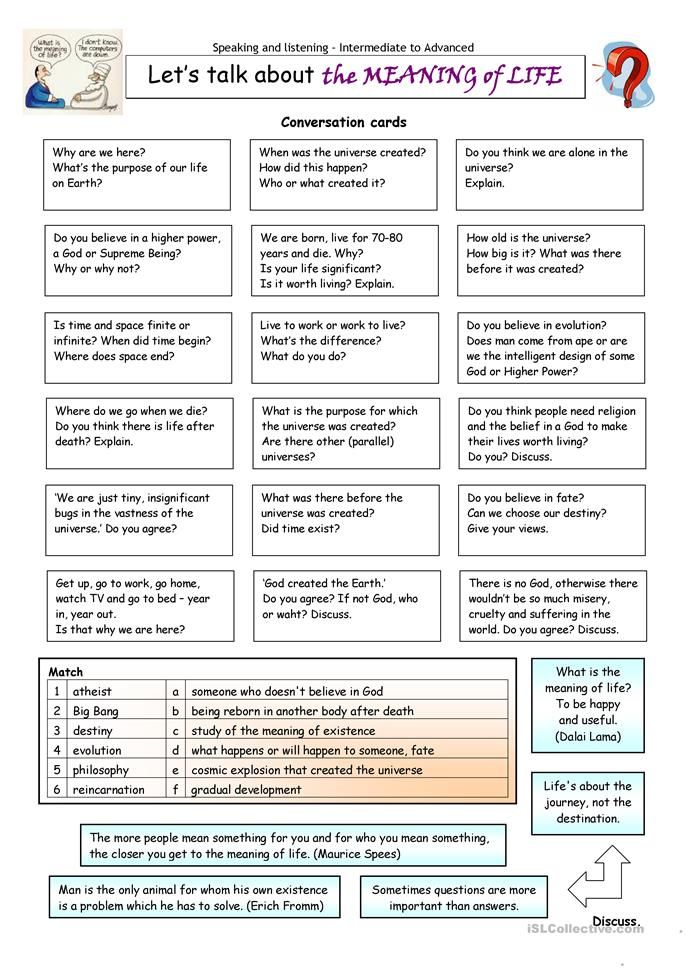 Why not have a whole-class discussion to reinforce student learning about this important common goal?
Why not have a whole-class discussion to reinforce student learning about this important common goal?
Age Group: Preschool, Elementary
Learn More: Amazon
9. Create a Calm Down Corner
This collection of resources teaches students how to self-regulate their emotions and provides them with strategies for calming down, including taking a brain break and practicing balloon breathing. Why not create a calm-down corner in your classroom to support students with these core lessons?
Age Group: Elementary
Learn More: Teachers Pay Teachers
10. Create a Worry Box
A Worry Box is a place where kids can store away frustrations, challenging emotions, or fearful thoughts. It's a wonderful way to develop students' emotion management skills by helping them express their feelings and take control of stressful situations.
Age Group: Elementary
Learn More: Very Special Tales
11.
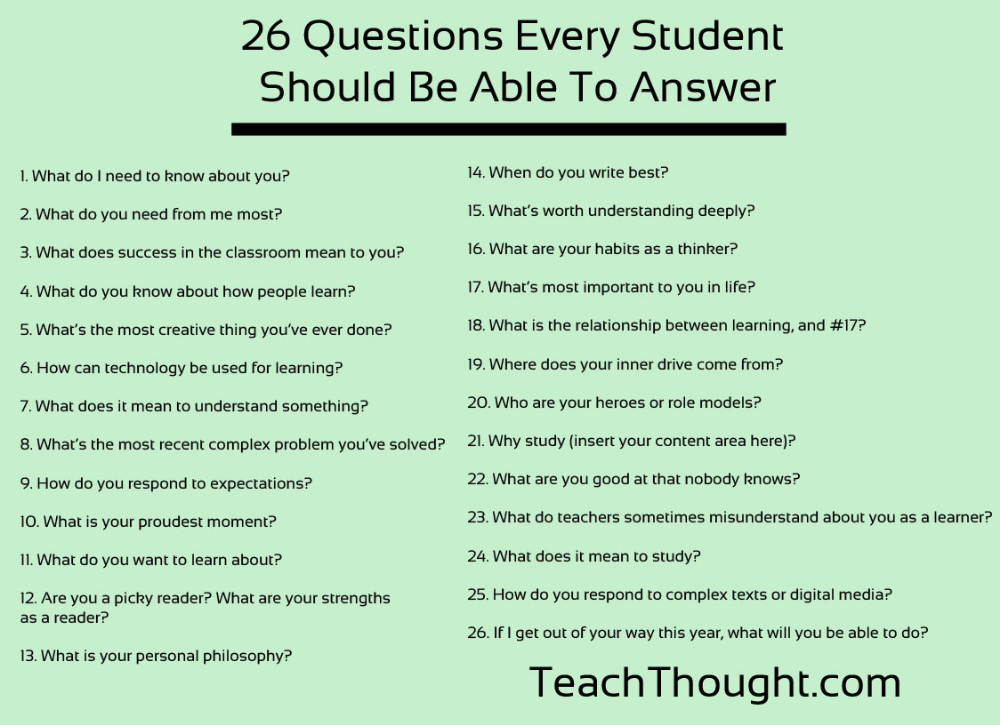 Teach the Zones of Regulation
Teach the Zones of Regulation This free Zones of Regulation printable package includes lessons on expected versus unexpected behavior, how to determine the actual size of a problem, and how students' actions can affect what zone other people are in. Learning about the four zones is an evidence-based way of practicing healthy emotional expression and building strong relationships in the classroom.
Age Group: Elementary
Learn More: He's Extraordinary
12. Practice Mindful Coloring
Mindful coloring has been shown to reduce stress, improve sleep and develop attention skills. Try putting on some relaxing music and turn it into a class-wide activity!
Age Group: Elementary, Middle School
Learn More: Truth Be Told
13. Play a Game of Emotion Charades
Playing a game of emotional charades is a perfect cooperative learning opportunity that encourages elementary students to develop social awareness, eye contact, and social competence skills.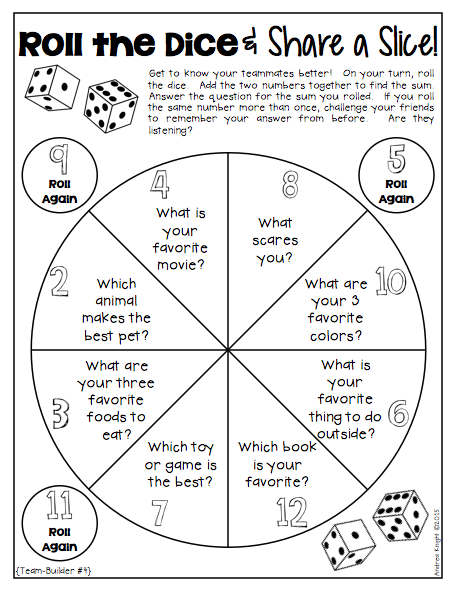
Age Group: Elementary
Learn More: Education
14. Learn About Forgiveness Through Song
Learning to forgive is an important social-emotional skill that will serve children throughout their entire lives. This video, song, and drawing activity helps young learners develop healthy decision-making skills when faced with social conflicts.
Age Group: Elementary
Learn More: Education
15. Feeling Playdough Mats
By replicating the emotions on these vibrant mats with playdough, students can develop emotional learning skills that will serve them well in skillfully expressing their feelings throughout the school day.
Age Group: Preschool, Elementary
Learn More: Fairy Poppins
16. Watch a Collection of Youtube Videos
This curated collection of videos comes with Thoughts and Feelings Cards, which offer concrete and visual anchors for students to identify their own feelings.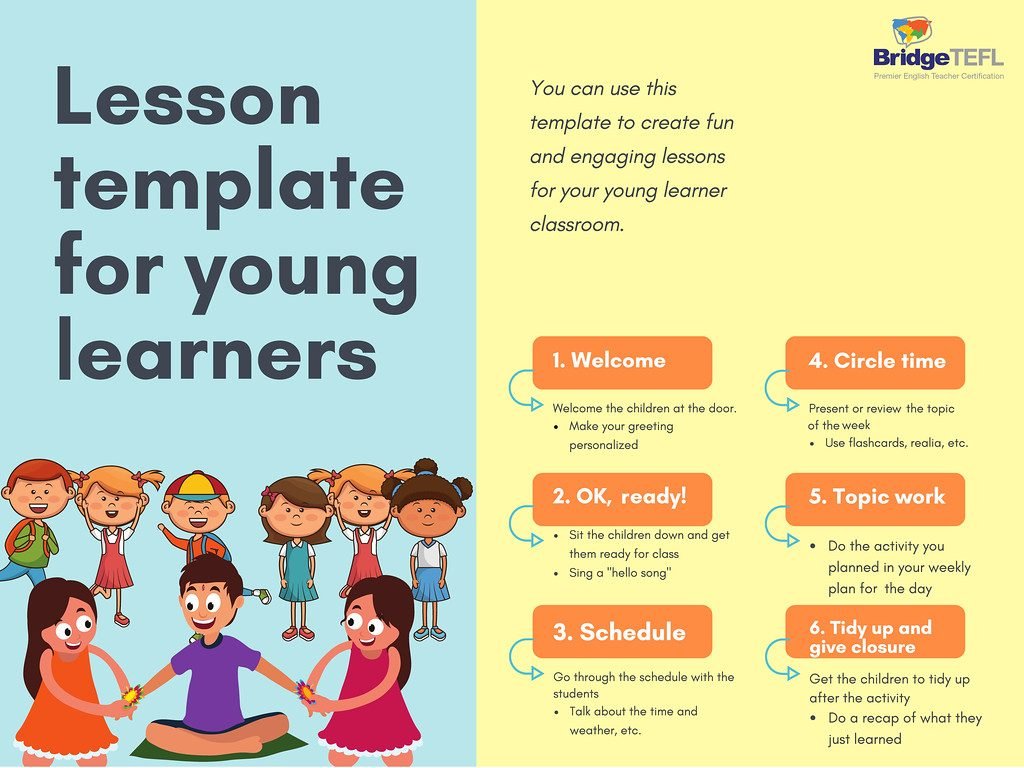
Age Group: Elementary
Learn More: Adventures In Speech Pathology
17. Develop Friendship Skills
This engaging list of social skills activities helps familiarize students with the qualities of a good friend, features a friend scavenger hunt for them to get to know their classmates, and challenges students to perform acts of kindness for others.
Age Group: Elementary
Learn More: Proud To Be Primary
18. Play an Emotions Board Game
What better way to learn about emotions than with a fun board game? This s'mores-themed game also promotes social development, listening skills, and a deeper discussion about emotional wellbeing.
Age Group: Elementary
Learn More: Life Over CS
19. Read and Discuss The Color Monster
By associating colors with emotions, this internationally best-selling book helps students to identify them more easily. It's also an excellent way to develop active listening skills and features a whole host of extension activities for preschoolers.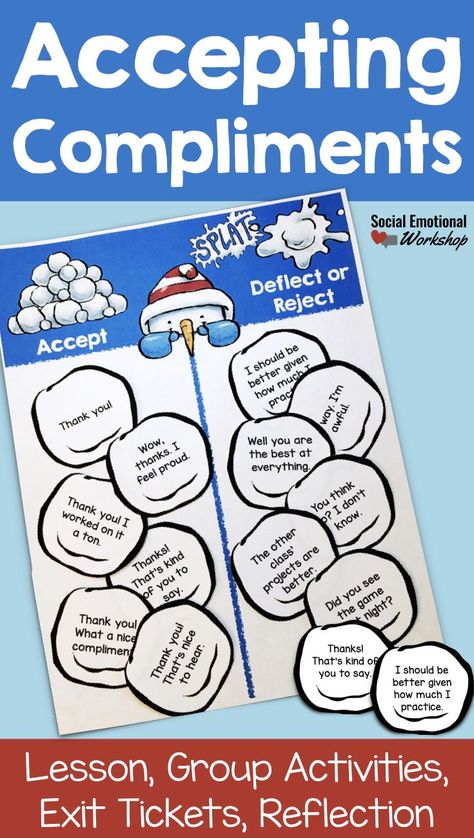
Age Group: Preschool
Learn More: Virtual Book Club For Kids
20. Develop Awareness of Feelings Through Observation
Kids can learn to interpret emotions by paying careful attention to the body language and gestures of the characters in this short animated film. Why not challenge them to see how many different feelings they can identify?
Age Group: Elementary
Learn More: Ahmed Elshraby
21. Practice Social Skills with Task Cards
By teaching kids about anti-bullying, conflict resolution, and positive self-talk, this series of task cards encourage kids to be more mindful of their behavior at school and at home.
Age Group: Elementary
Learn More: Whimsy Workshop Teaching
22. Read and Discuss In My Heart: A Book of Feelings
This beautifully illustrated story is told through the whimsical eyes of a child and teaches kids how to verbalize their feelings by describing how they feel physically.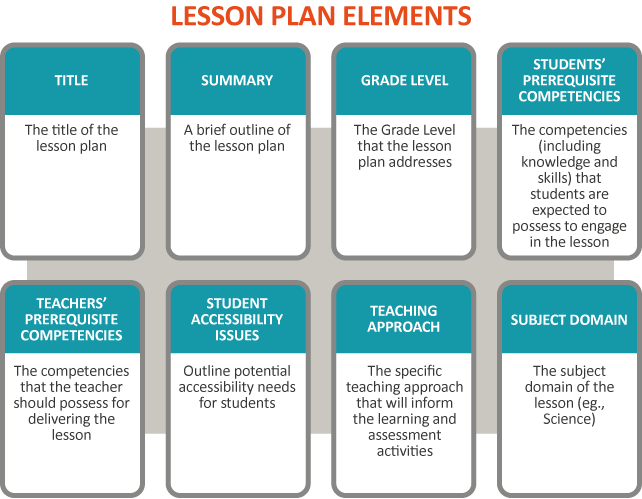
Age Group: Preschool, Elementary
Learn More: Amazon
23. Give Back With a Class Service Project
Why not encourage kids to become school leaders by guiding them to participate in one of these community service projects? Ranging from writing Thank You notes, and reading to seniors to packing lunches, there are a variety of excellent ideas for making empathy and service an engaging part of your classroom curriculum.
Age Group: Preschool, Elementary, Middle School, Highschool
Learn More: Sign-up Genius
24. SEL Journal Prompts
This collection of journal prompts features questions o to encourage students to express their feelings and ideas while building their self-confidence.
Age Group: Elementary, Middle School
Learn More: Journal Buddies
25. Encourage Positive Self-Talk
Positive self-talk is a critical skill for developing healthy self-esteem.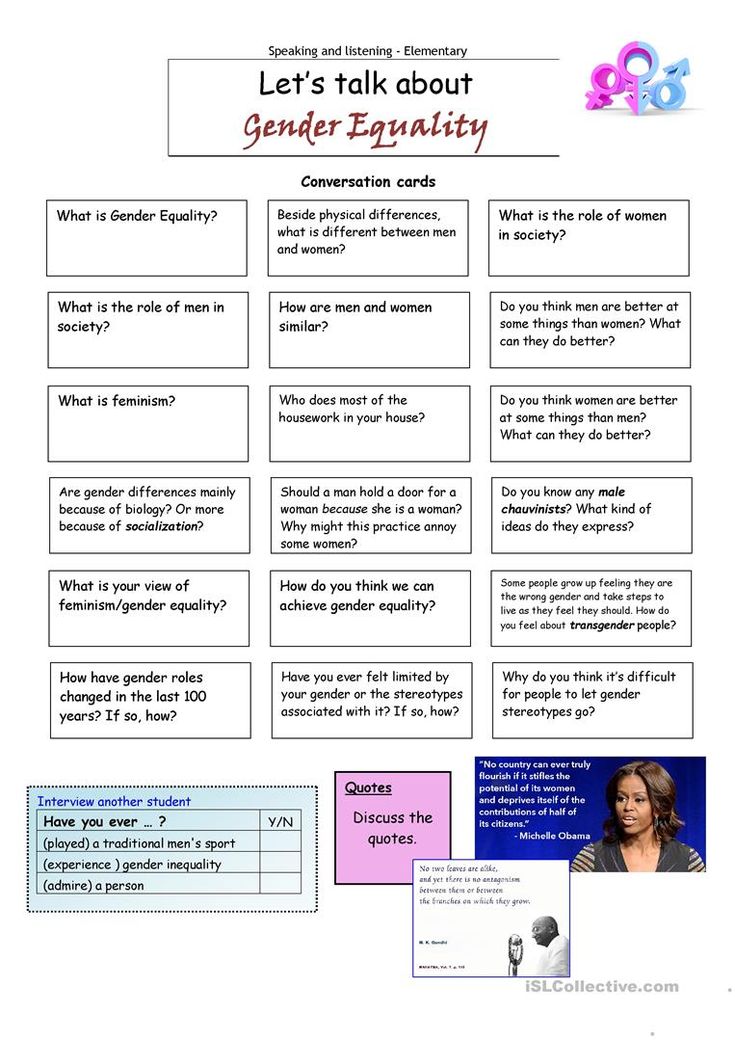 This series of activities encourage students to have a deeper discussion about ways to be kinder to themselves.
This series of activities encourage students to have a deeper discussion about ways to be kinder to themselves.
Age Group: Elementary, Middle School
Learn More: Counselor Chelsey
Related posts:
Category: Classroom Ideas
Social-emotional skills in school. Part 1.
As part of the project “University Environment for Teachers” of the Moscow City Department of Education, a program of several lectures was presented at the HSE Institute of Education, the participants of which were members of the Educational Spaces Design Studio. This article will focus on lecture “Forms of work in the classroom that contribute to the development of social and emotional skills of students” , author — Tatyana Kanonir , Associate Professor, PhD, co-director of the master's program “Measurements in Psychology and Education”.
There has been a lot of talk lately about the importance of developing social-emotional skills.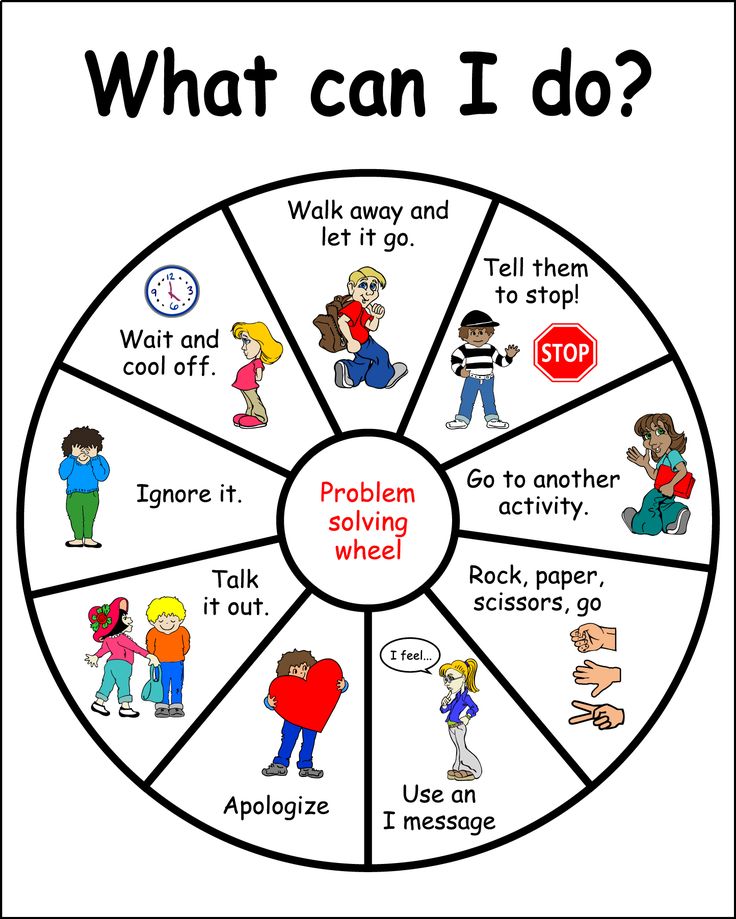 The educational standards of basic and primary schools in Russia require the formation of students, along with subject educational results, meta-subject and personal educational results. It is under personal educational results that social-emotional skills are hidden. nine0009
The educational standards of basic and primary schools in Russia require the formation of students, along with subject educational results, meta-subject and personal educational results. It is under personal educational results that social-emotional skills are hidden. nine0009
Social Emotional Skills (SES) are skills that enable people to recognize and manage their emotions, successfully manage conflicts, understand and empathize with others, establish and maintain positive relationships, follow ethics, contribute constructively to their reference communities, set and achieve goals.
Different terms are used to refer to these “non-cognitive” skills: Soft Skills or “soft skills”, skills of the XXI century, emotional intelligence ... All of these concepts differ from each other in breadth of coverage and context of use, but have similar features: conceptual independence on cognition, total value for social adaptation, relative stability over time, potential change as a result of exposure , situational manifestation.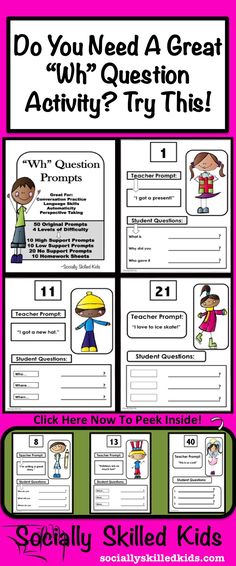
In this article we will focus on 2 social-emotional skills
- Achieving goals : working towards achieving short- and long-term goals, including in changing conditions:
- stability (ability to maintain stable work for a significant time),
- self-control (the ability to control one's state in the process of performing a task),
- striving for a goal (awareness of the need to achieve the goal - independent or set by the teacher).
- Collaboration with other people
- sociability (ability to establish and maintain social contacts),
- respect (tact and respect for peers and adults, including those from other cultures),
- caring (disinterested assistance to the interaction partner).
Exercises to help teachers develop these social-emotional skills in students
1.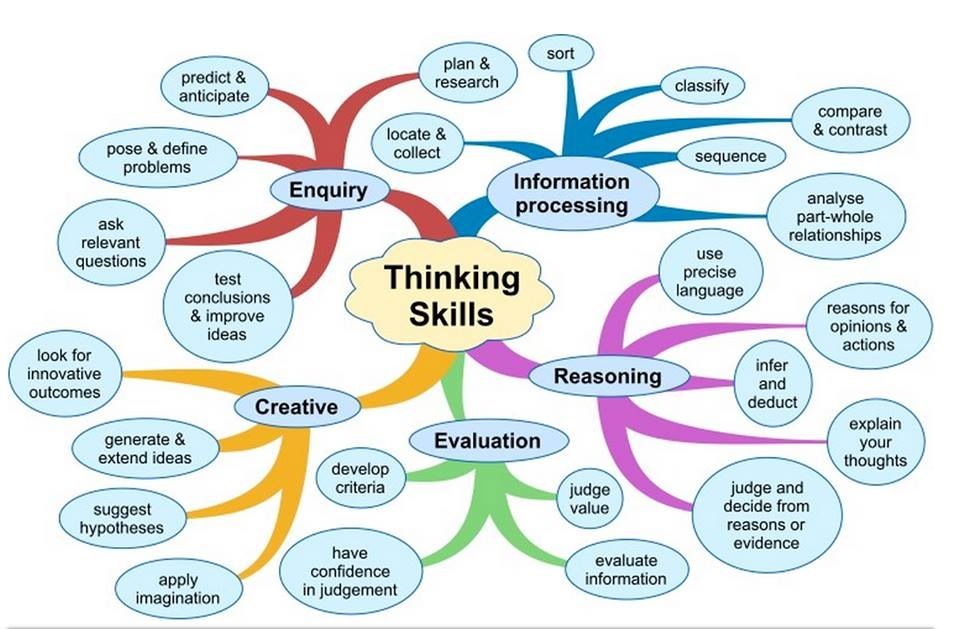 Formation of the skill of achieving goals
Formation of the skill of achieving goals
Exercise : mutual assistance in achieving individual goals (conducted in small groups)
- The teacher begins the lesson by telling the children about the difficulties people often face in achieving their own goals and suggests the most general strategies for overcoming these obstacles, writing the main points on the board. For example, it could be a list like this:
- frustration (depending on the audience, a more understandable term may be used, such as depression) that the goal is too difficult. Possible strategies: relaxation, distraction, break from work. nine0030
- boredom . Possible strategies: set a shorter-term goal, give yourself a reward (such as a break or ice cream). too lazy to do the task. Possible strategies are: assign yourself a reward, think about how you will feel when you complete the task, or that if you do not study, you will let the whole group down.
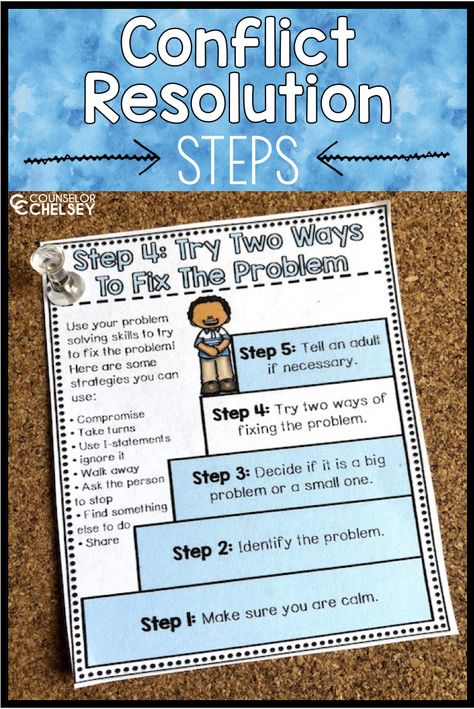
- anxiety due to fear of failure . Possible strategies: remember situations in which everything worked out, relaxation techniques. nine0030
- Then the teacher formulates in writing an individual educational (or near-academic) goal for each of the children (it is better to do this work in advance) and divides them into groups.
- Children sit in a circle, each voices his goal and names the possible obstacles to achieving it. The rest of the group suggests possible solutions based on the information on the board or their own experience, and also try to suggest one action that they personally could help another child (for example, “I can call you on Friday and remind you that in you have to do the weekend…”, “I can call and find out how you are doing…”, “I can explain to you the material that you don’t understand…”, etc.). nine0030
- In the next week, students discuss in groups their progress towards their goals, how they felt when they were helped by classmates, what kind of help was most useful.
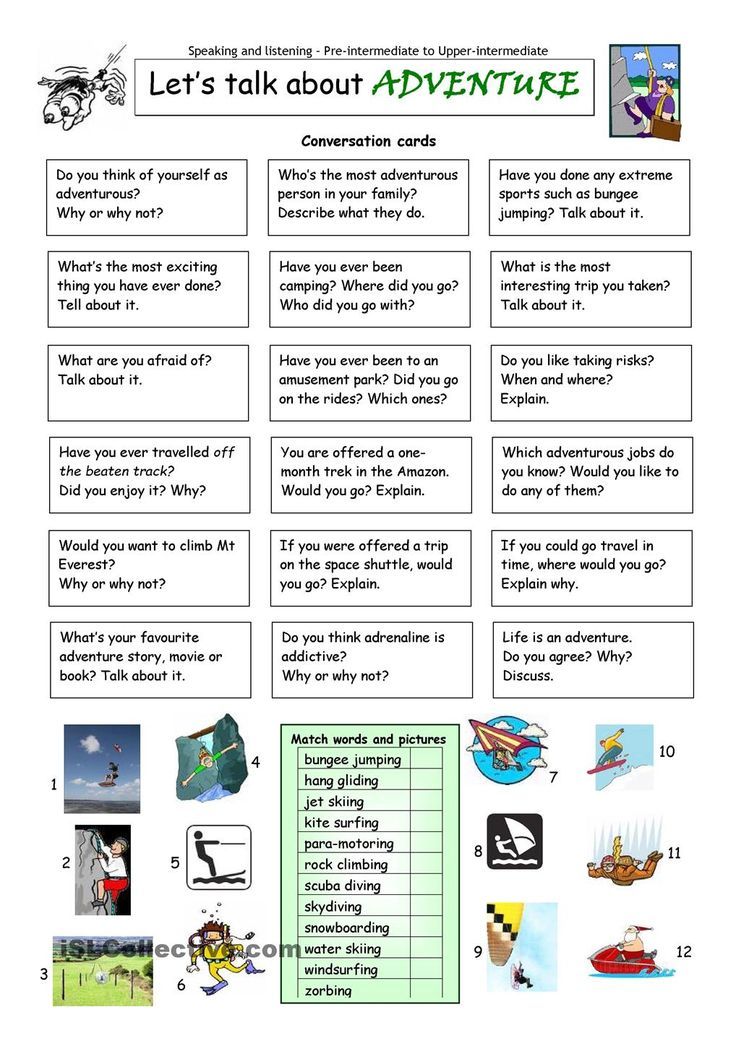
Expected results : children learn to anticipate barriers to achieving a goal and think in advance about possible options for overcoming them, children learn to help others achieve their goals, ask for help and accept it.
2. Learning how to work with others
Exercise : learning together
projects - for example, to study material about a country, continent, scientist, physical phenomenon, etc.,
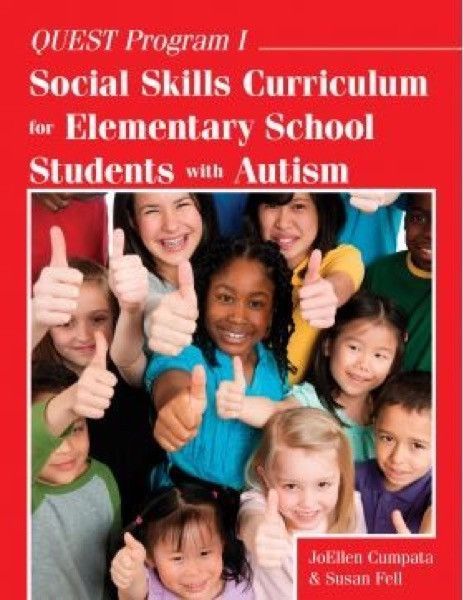
This exercise can have many variations, for example, “brain rings”, “debates” of representatives of different historical eras, etc.
According to the head of Educational Spaces Design Studio Rai Ivanovskaya, the task of forming and developing SES among students can definitely be solved with the help of designing the school space: forgot about the goals set (by the teacher or by themselves) - you can make a special stand in the class, on which they could write their goals, indicate the planned deadlines for achievement, indicate the expected obstacles and how they eventually coped with them. That is, this information is constantly “in sight” (the guys will not forget), and is also a demonstration of their success. In the event that someone does not cope with the task on their own, this is also visible and the teacher can “hint” to the students that their help and support is required (and this is already a manifestation of caring - that is, the skill of working together).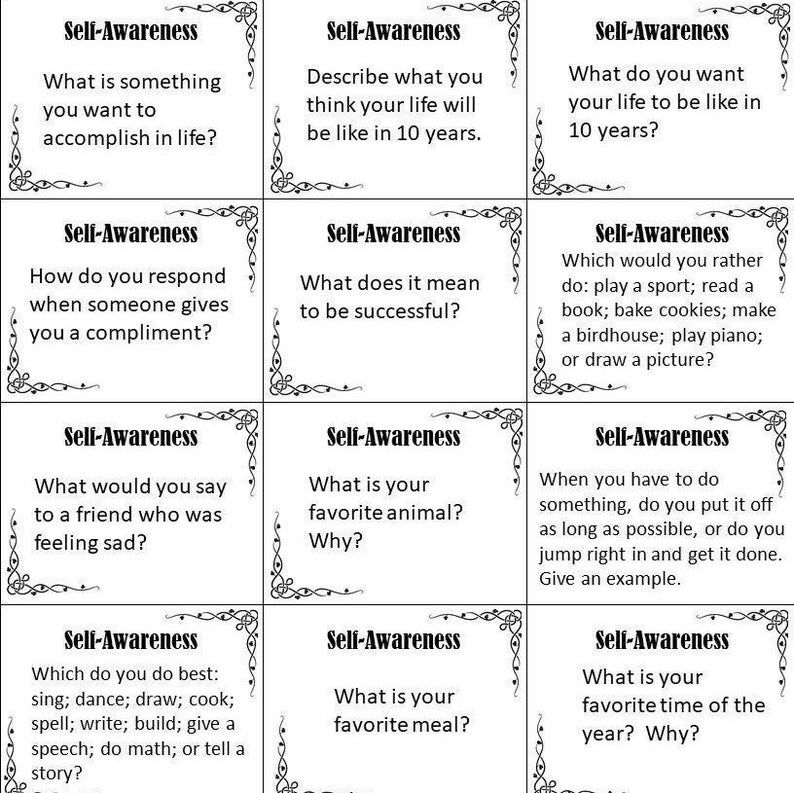 nine0009
nine0009
The stand itself must be visually attractive in design (with motivating phrases, for example), made of modern materials (marker film, cork, etc.) - so that children would be “pleasant” and interested in interacting with it.
Educational space design studio: we turn boring school interiors into bright and beautiful ones! View our work in the PORTFOLIO section.
By the way
Many currently existing SES assessment tools have disadvantages: they are based on purely local experience, data on the psychometric quality of methods are not published, there are practically no references to international experience, experience is often designed for individual assessment and is not scaled, and the result of assessment depends on the skills of the teacher and his attitude towards a particular student. nine0003 However, if we do not have SES assessment tools, then we cannot draw conclusions about their development, can we?
The HSE Education Quality Monitoring Center, together with the Sberbank Charitable Foundation “Investment in the Future”, conducted a large-scale study of social and emotional skills in primary and secondary schools, based on an international research framework, associated with the Federal State Educational Standards for Primary and Basic Education, which resulted in developed monitoring evaluation tools.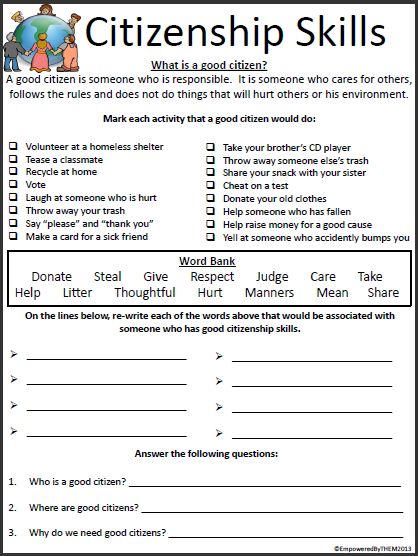 nine0009
nine0009
It is important that the school as a whole (that is, different teachers) have a unified system of work on the socio-emotional development of children, as well as coordinated work within the teaching team, which is organized systematically and purposefully.
Target audience of SES development methods:
- whole class or whole school,
- risk group or children with a specific problem area (e.g. very shy),
- individual students experiencing severe stress, having situational problems or going through a period of crisis (for example, in the course of adapting to a new school team when moving from one school to another). nine0030
When reprinting a link to the website of the Educational Spaces Design Studio (www.design4school.ru) is required.
Developing the social skills of children with ASD in the school environment | Presentation for the lesson (Grade 2) on the topic:
Slide 1
The development of social skills of children with ASD in the school environment GBOU TROC "Solnyshko" Moscow, February 2017 Presentation of the VIII type primary school teacher Tatyana Viktorovna Chernyaeva
Slide 2
Development social skills in the school environment Daily presence in the classroom, contact with peers and teachers allows children to gradually, naturally learn social skills - communication, self-control, interaction with the teacher and games with friends.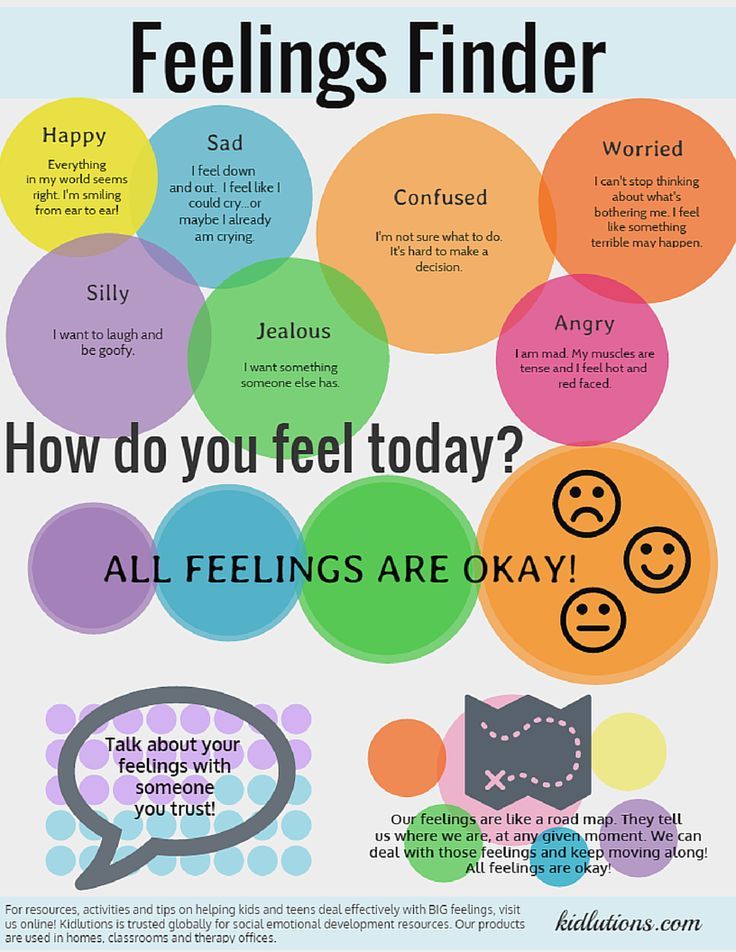 nine0009
nine0009
Slide 3
Development of social skills in the school environment Basic social skills The ability to maintain eye contact, maintain the necessary personal space, understand gestures and facial expressions are developed during the daily routine of the school day: during exercises, during lessons and breaks, in the canteen and on a walk .
Slide 4
Development of Social Skills in the School Environment Basic Social Skills To develop social skills in school, it is possible to use the natural interaction between the child and the teacher, the student and his classmates both in the classroom and in extracurricular activities. For example, the natural science cycle includes practical training in planting and caring for plants. During classes, children's activities are aimed at cooperation in the performance of a common task, which develops the ability to communicate. nine0009
Slide 5
Development of social skills in the school environment Interaction skills In the children's team, dialogue skills are developed, the ability to communicate on various topics in various life situations.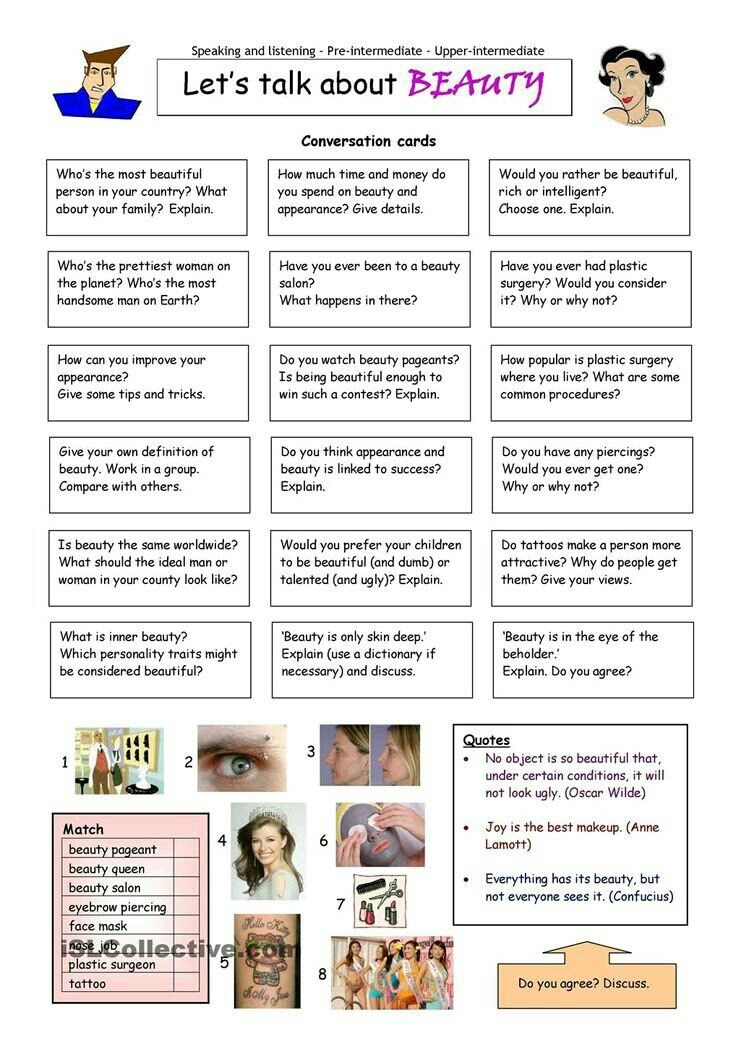 Communication with peers helps to consolidate communication skills in a natural environment.
Communication with peers helps to consolidate communication skills in a natural environment.
Slide 6
Developing Social Skills in a School Environment Interaction Skills The use of board games, other school equipment, and art and craft materials helps teach children to cooperate and even compete in games, win, and even deal with emotions when they lose! nine0009
Slide 7
Development of social skills in the school environment Interaction skills In some cases, the child must be able and not be afraid to draw attention to himself, start a conversation with a classmate. Sometimes you need to be able to join a game or invite a friend to play along.
Slide 8
Development of social skills in the school environment Emotional skills Recognition of other people's feelings, empathy, understanding facial expressions; ability to show trust - these emotional skills are developed during the performance of collective tasks
Slide 9
Developing Social Skills in a School Environment Emotional Skills Helps develop emotional skills and participate in daily school activities, such as taking care of the plants in the classroom, helping to keep the classroom clean and tidy, and attending the classroom regularly.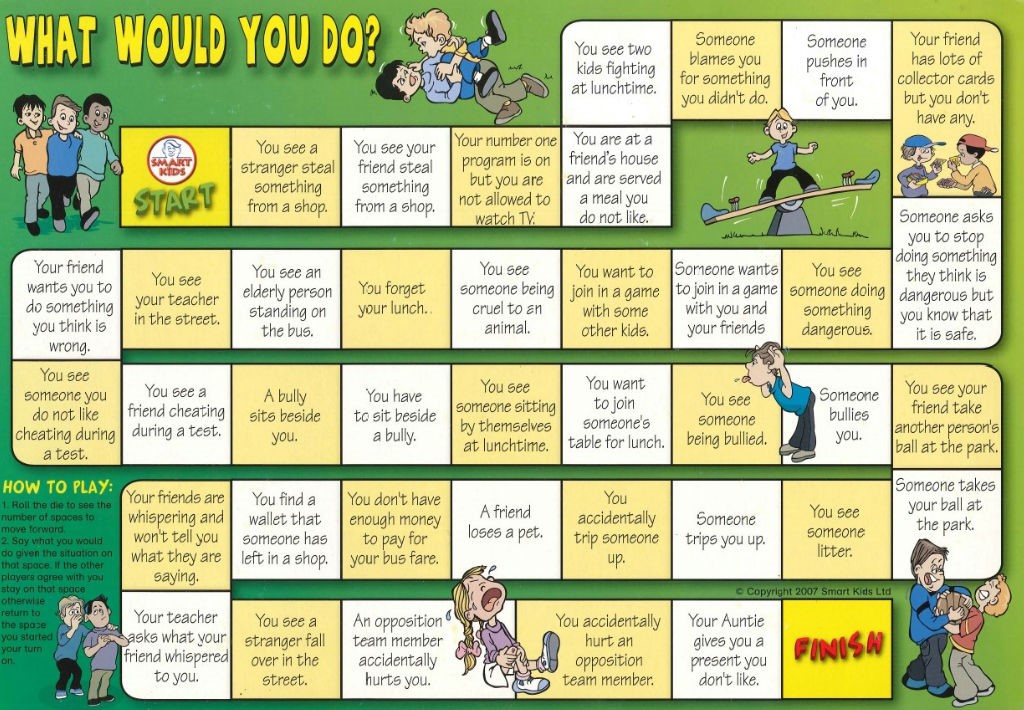
Slide 10
Developing Social Skills in a School Environment Emotional Skills Traditional school celebrations help fulfill the task of developing emotional skills - to teach understanding of the thoughts and feelings of others in the context of cultural social life. nine0009
Slide 11
Developing Social Skills in the School Environment Emotional Skills School holidays are used as a textbook of social behavior. The child practices the ability to give gifts, understand the meaning of congratulations and wishes to each other.
Slide 12
Development of social skills in the school environment Cognitive skills School life provides a variety of situations for training self-control, understanding of social norms, the ability to regulate one's behavior depending on the social situation. Excursions are a serious test of the social skills of students. nine0009
Slide 13
Developing Social Skills in a School Environment Cognitive Skills Collaborative creative activity is an effective method of developing cognitive skills because it gives students the opportunity to see other children's work.